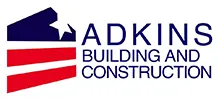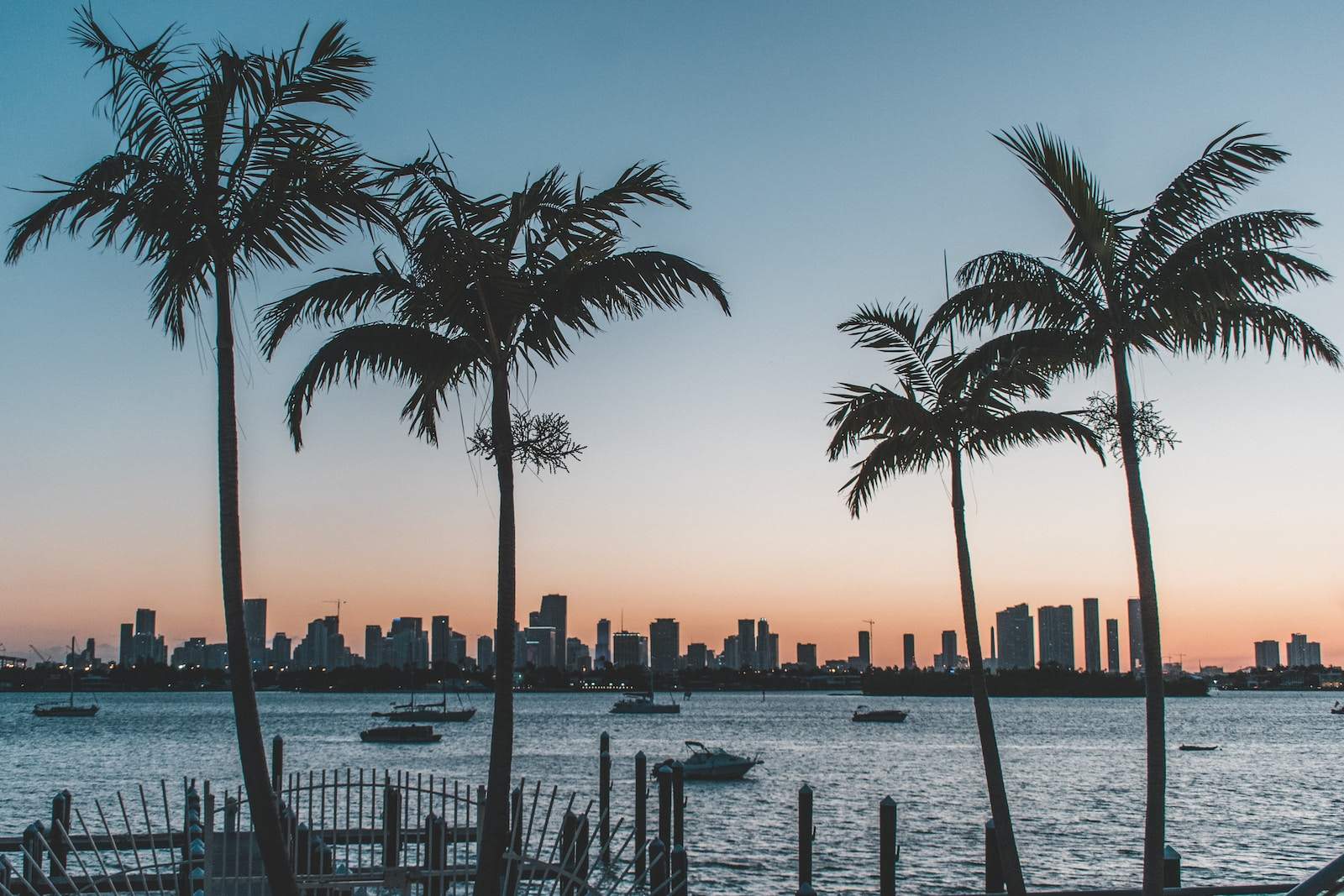Florida coastal construction presents unique challenges due to the region’s flat topography, high water table, porous geology, and susceptibility to severe weather conditions. Despite these obstacles, coastal Florida remains a sought-after destination for residents and tourists alike, drawn by its sun-drenched beaches and breathtaking ocean views. Building resilient and functional structures in this environment requires specialized expertise and strategic planning. Here’s a closer look at the complexities and solutions involved in Florida coastal construction.
Challenges of Florida Coastal Construction
1. Risk of Flooding
One of the most significant challenges in Florida coastal construction is the ever-present risk of flooding. Rising sea levels, intensified by climate change, and the potential for flash floods during hurricane season create a heightened need for flood-resistant designs. Builders in Florida’s coastal areas must comply with stringent regulations to ensure structures can withstand hurricane-force winds and flooding. Elevating buildings, installing proper drainage systems, and using flood-resistant materials are just a few strategies to mitigate these risks.
2. Soil Instability
Florida’s coastal regions often have unstable soil conditions that pose challenges for construction projects. The state’s high water table and porous geology can make the soil susceptible to erosion and instability, especially when heavy structures are built on it. Before beginning any project, builders must conduct thorough geotechnical analyses to assess soil stability. Reinforced foundations, pilings, and soil stabilization techniques are commonly used in Florida coastal construction to address these issues and provide a solid base for new structures.
3. Material and Labor Costs
Building in coastal Florida can be costly due to the need for specialized materials and skilled labor. Construction materials must be durable enough to withstand the harsh coastal environment, including saltwater corrosion, high humidity, and extreme weather conditions. For example, stainless steel, reinforced concrete, and weather-resistant wood are frequently used in Florida coastal construction projects. These materials, while effective, can increase overall costs. Additionally, the demand for experienced laborers who understand the complexities of coastal construction adds to the expense.
4. Stringent Environmental Regulations
Protecting Florida’s delicate coastal ecosystems is a priority for local and state authorities. Construction projects in coastal areas must adhere to strict environmental regulations to preserve wetlands, mangroves, and other sensitive habitats. Builders involved in Florida coastal construction must carefully plan their projects to minimize environmental impact, often incorporating sustainable practices and technologies to leave the area in its natural or improved state.
Strategies for Successful Florida Coastal Construction
1. Designing for Resilience
Resilience is a key principle in Florida coastal construction. Structures are designed to withstand the unique challenges posed by the region, including high winds, flooding, and soil instability. Elevated homes, hurricane-resistant windows, and reinforced roofs are some features incorporated into these builds. By prioritizing resilience, builders create structures that are not only safe but also long-lasting.
2. Environmental Integration
Sustainability plays a crucial role in Florida coastal construction. Builders are increasingly turning to eco-friendly practices, such as using green building materials, designing with energy efficiency in mind, and incorporating natural elements like native vegetation into their plans. These efforts reduce environmental impact and enhance the overall appeal of coastal properties.
3. Expert Planning and Execution
Successful Florida coastal construction projects rely on meticulous planning and expert execution. Local builders with extensive experience in coastal construction, such as Adkins Building & Construction, are invaluable for navigating the region’s complexities. Their knowledge of local regulations, environmental challenges, and best practices ensures that projects are completed on time, within budget, and to the highest quality standards.
Why Choose Adkins Building & Construction for Florida Coastal Construction?
At Adkins Building & Construction, we specialize in Florida coastal construction, offering the expertise needed to overcome the unique challenges of building in this environment. From geotechnical analysis and environmental compliance to resilient design and material selection, we handle every aspect of your project with precision and care. Our team is committed to creating structures that are beautiful and functional and built to last in Florida’s dynamic coastal regions.
Building for Beauty and Resilience
Florida coastal construction is a complex process that requires a deep understanding of the region’s unique challenges. By addressing issues like flooding, soil instability, material selection, and environmental regulations, builders can create safe, sustainable, and visually stunning structures. With the right planning, expertise, and execution, coastal construction can enhance Florida’s shoreline while preserving its natural beauty.
For expert guidance and reliable construction services, turn to Adkins Building & Construction. Contact us today to learn how we can help you bring your coastal construction project to life, ensuring durability and elegance for years.

